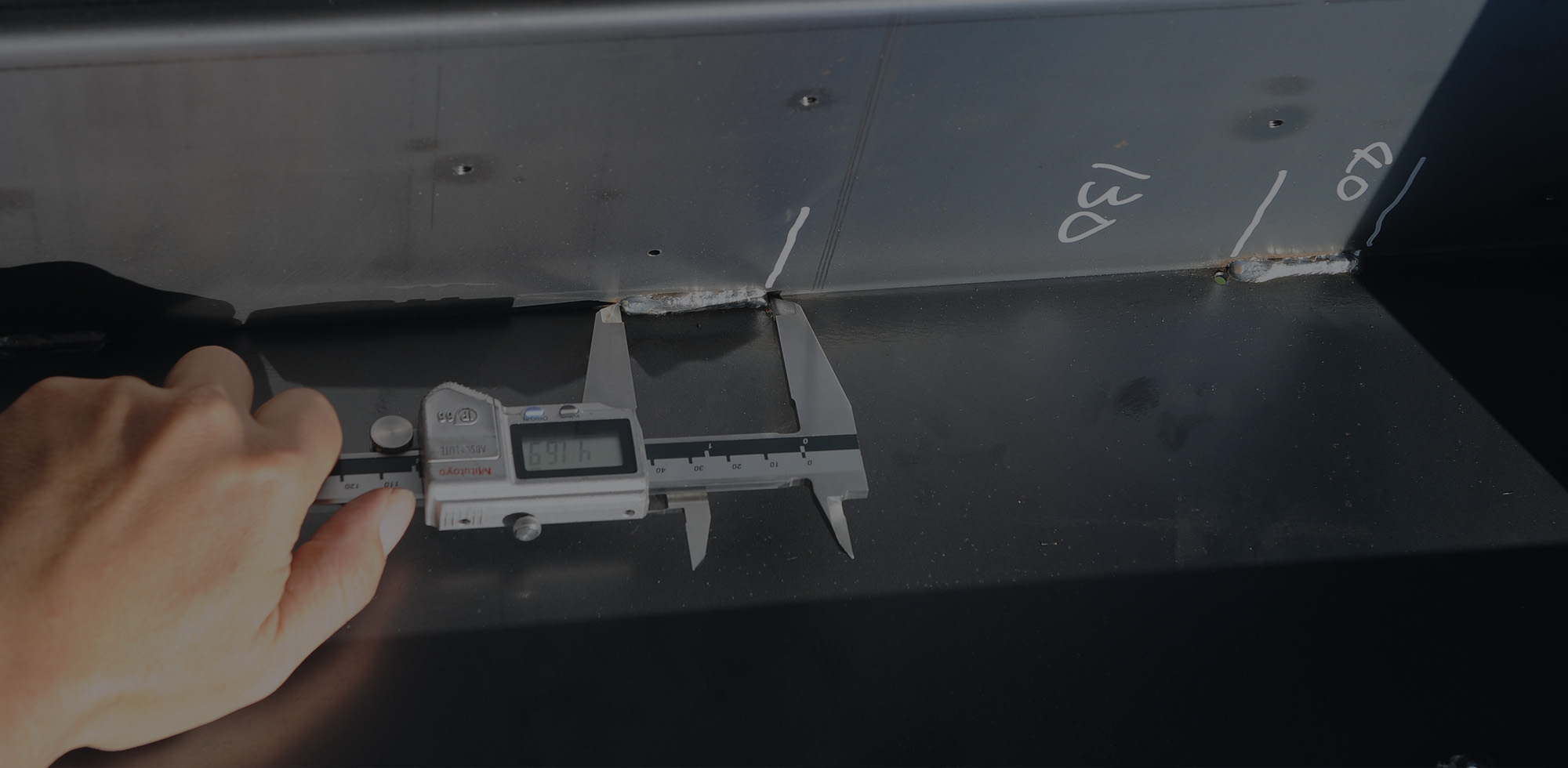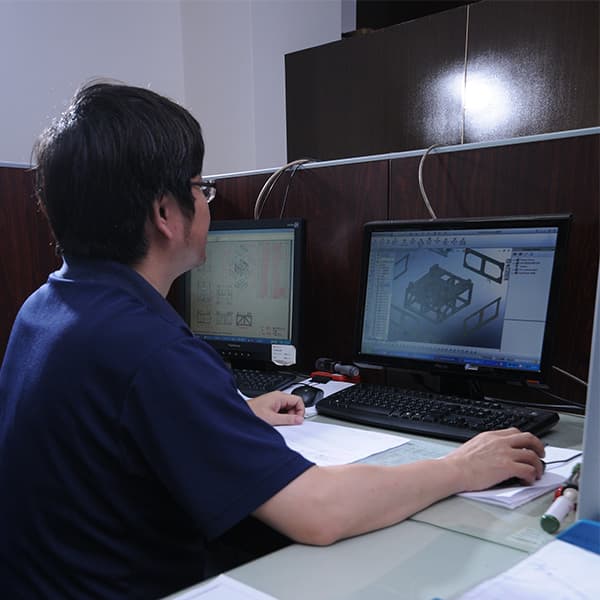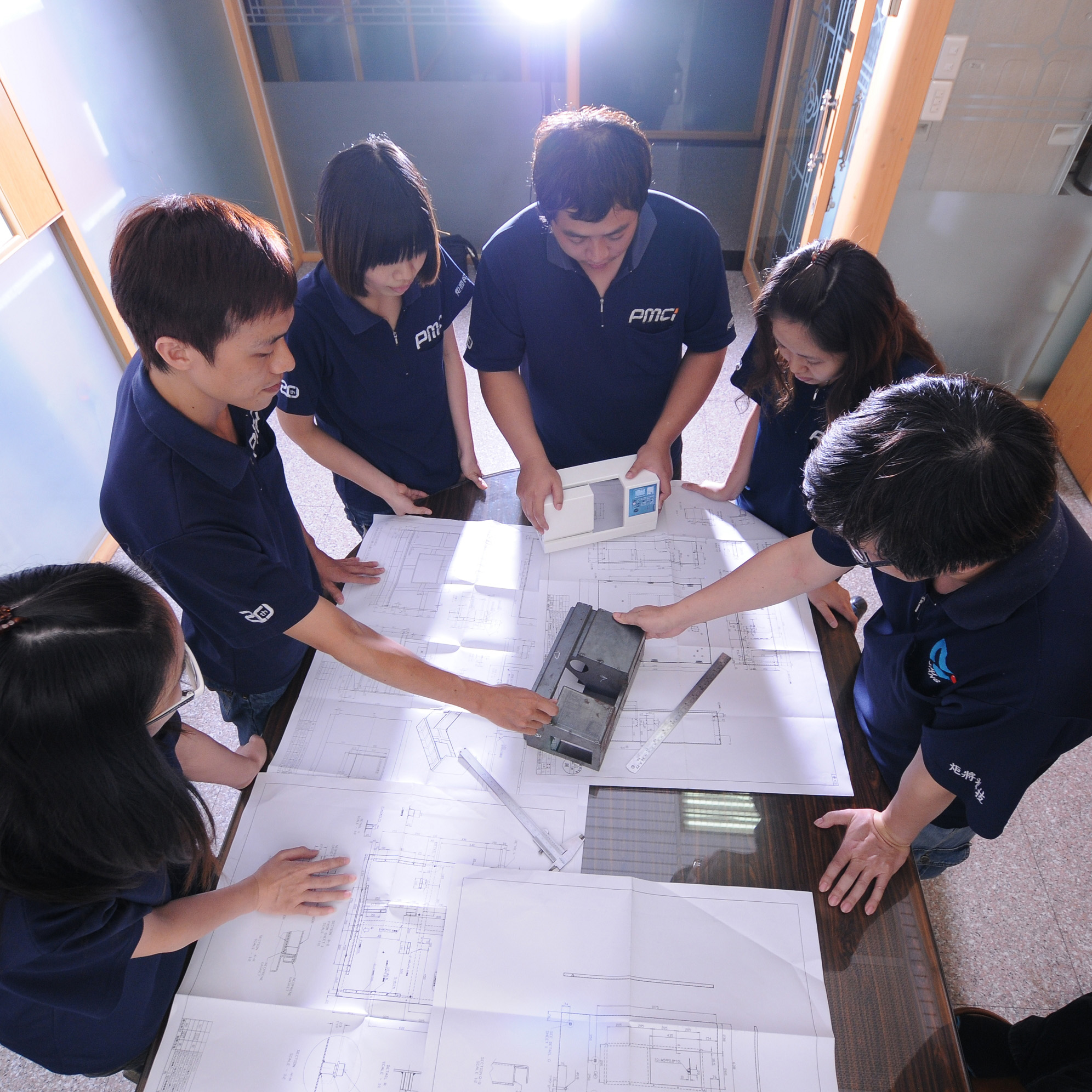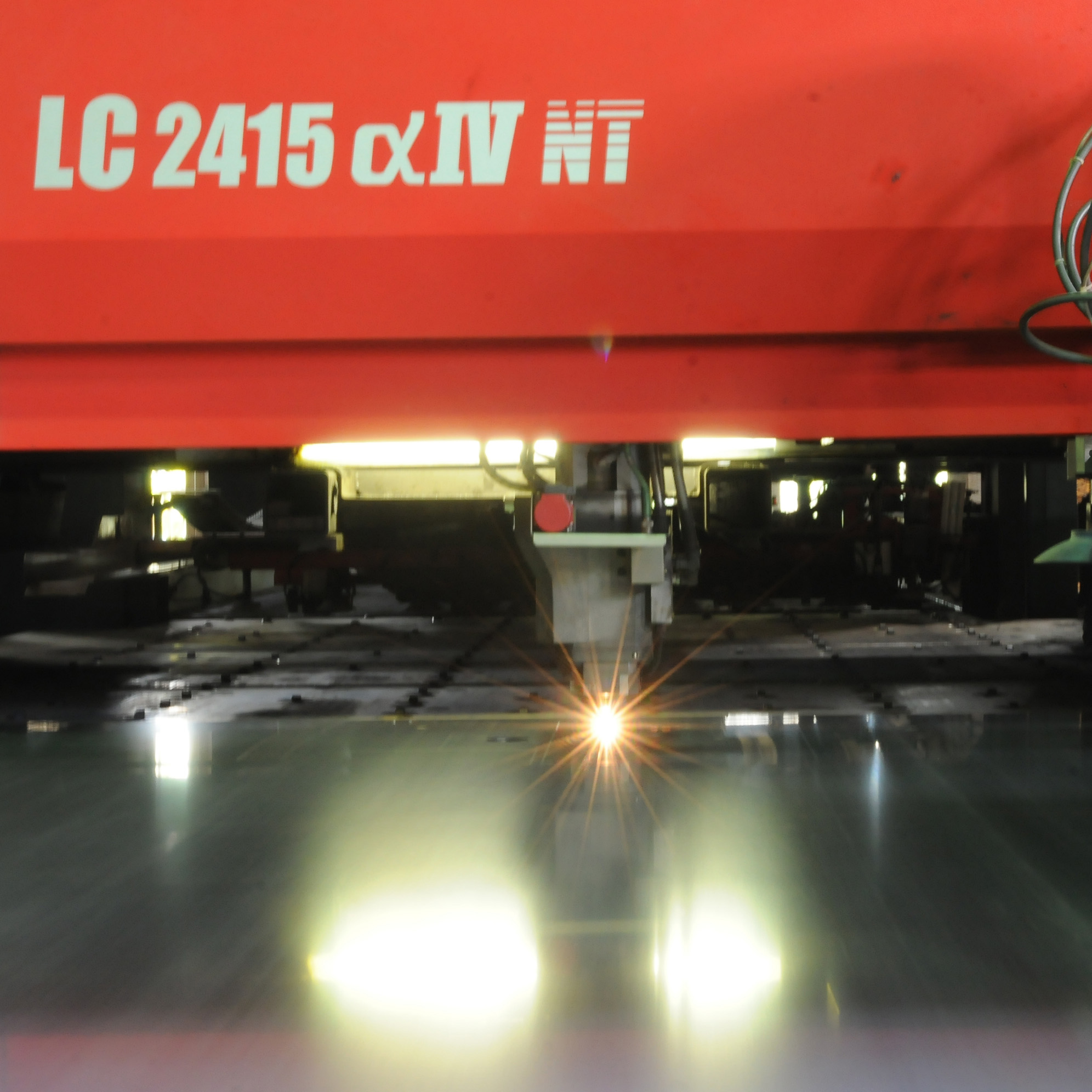Welding
Since the establishment of PMCI, there has been a continuous pursuit of improving welding technology, along with systematic training and certification of personnel. This has garnered high praise from customers, resulting in a high level of quality in welding, from thin sheets to thick plates.
Welding is a crucial step in the sheet metal processing process where parts are assembled. Equipment used for welding operations typically includes CO2 welding (Carbon Dioxide), TIG (Tungsten Inert Gas) welding, laser welding, and other methods to securely join and ensure the robust connection of sheet metal parts.

CO2 Welding
CO2 welding is a common welding method in sheet metal processing that uses CO2 as a shielding gas. High temperatures from the arc heat the sheet metal to its melting point, forming a molten pool, and filler metal is used to fill the weld seam, ultimately creating the welded joint. CO2 welding is widely used for welding metal materials such as steel, stainless steel, and aluminum. It is suitable for manufacturing sheet metal components and assemblies for applications like automotive bodies, machinery, and building structures. CO2 welding offers advantages like high efficiency, cost-effectiveness, and simplicity of operation. During welding, it's essential to ensure the cleanliness of the welding area, adjust welding parameters, and control the flow and pressure of shielding gas to ensure welding quality. Quality control and inspection, including visual inspection, checking for heat cracks, and porosity, are carried out to meet the required standards. CO2 welding provides an efficient, cost-effective, and stable welding process for sheet metal processing, suitable for various joining and structural fabrication needs.
TIG (Tungsten Inert Gas) Welding
TIG welding, or Gas Tungsten Arc Welding (GTAW), is a common welding method in sheet metal processing that uses a tungsten electrode and inert gas (usually argon) for shielding. It is applicable to materials like stainless steel, aluminum, and titanium, and is widely used in industries such as aerospace, automotive, shipbuilding, and more. TIG welding offers high-quality, high-precision welding with clear and aesthetically pleasing weld joints while minimizing sheet metal deformation and heat-affected zones. During welding, attention is paid to surface cleanliness, preheating, and adjustment of welding parameters and shielding gas. Quality control during welding includes visual inspection, crack detection, and porosity assessment. TIG welding is considered a high-quality welding method, suitable for sheet metal processing applications with stringent welding quality requirements.


Robotic Welding
Robotic welding, using automated robotic systems, is an automated welding method in sheet metal processing. It uses programmable software to set welding paths, speeds, current, voltage, and other parameters, ensuring precise and consistent welding. Robotic arms have multi-axis motion capabilities, allowing them to handle various shapes and sizes of sheet metal, enabling welding from multiple angles. Laser guidance systems provide accurate welding position guidance. Quality control during robotic welding includes visual inspection and the detection of cracks and defects to ensure compliance with required standards. Robotic welding offers advantages such as efficiency, automation, and precision, making it suitable for high-volume repetitive sheet metal welding operations.
- No.92-2, Guangqi Rd., Shengang Dist., Taichung City 429, Taiwan (R.O.C.)
- TEL: 886-4-2525-2052
- FAX: 886-4-2528-4500
- E-Mail: brian@ju-sheet.com.tw












